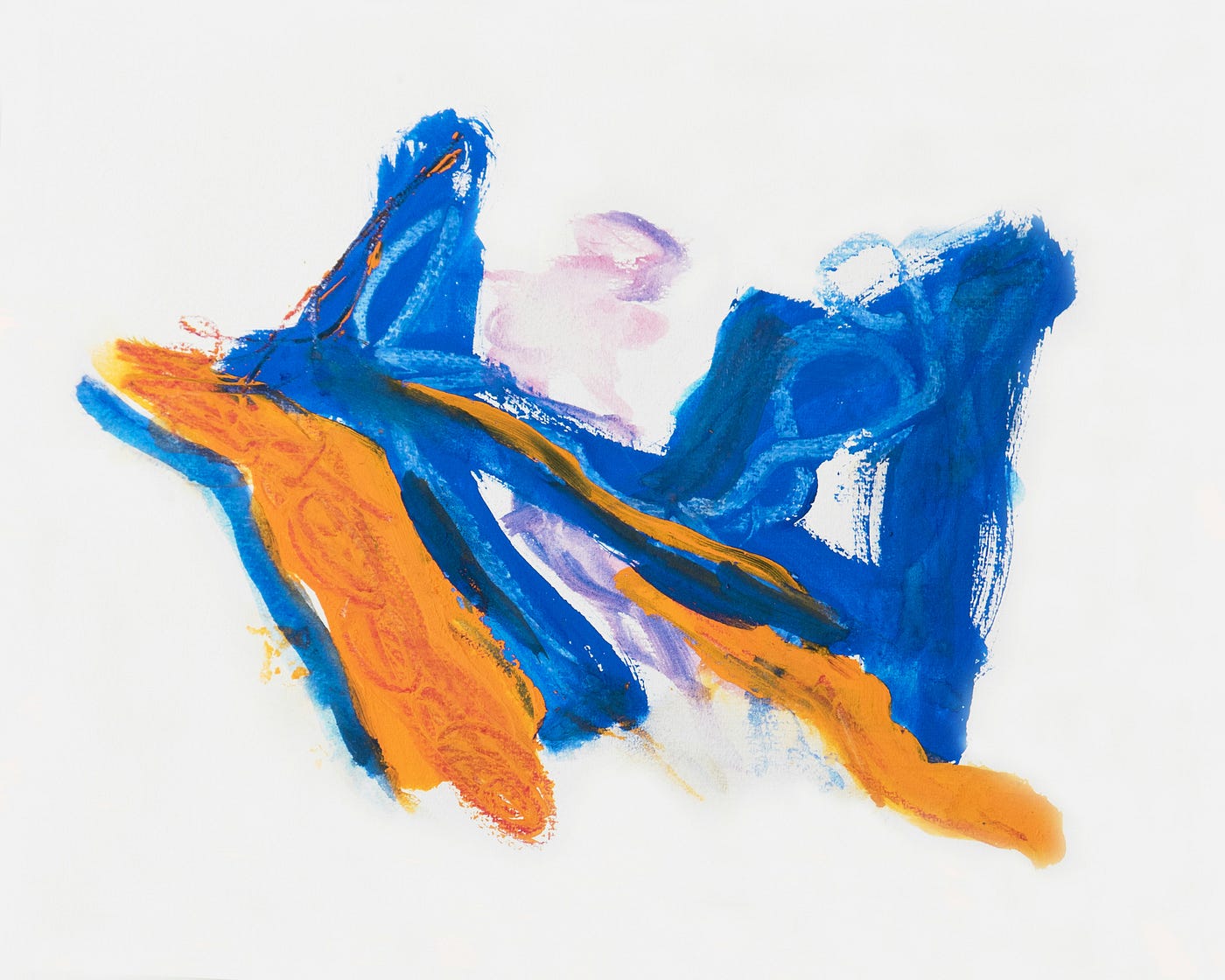Collage artist Hormazd Narielwalla kickstarts a new Saatchi Art solo show series with a collection of work that utilizes his signature discarded and spent bespoke Savile Row tailoring patterns which he transforms into creative collages of Hormazd imaginations.
The London exhibition opens from 4 March to 21 March at the Georgian atelier of bespoke tailor Timothy Everest. Saatchi Art aims to showcase emerging talented artists from around the world in the series. Hormazd won the Saatchi Art Showdown prize for The Body Electic in 2013 but his first solo show was in 2009 and was sponsored and exhibited by Sir Paul Smith. His eclectic and thought-provoking work includes Dead Man’s Patterns of bespoke suit patterns of deceased customers of Savile Row tailors Dege & Skinner.
Harmazd is an artist, author and philosopher and holds a PhD from the University of Arts in London. Our interview captures his thoughts and work process as well as his drive to be a great artist in a competitive landscape. Meet the gentleman artist Harmazd.
Ginger Liu: Your art is unique in its fusion. For those not familiar with your work, can you describe your art practice and how it has evolved from its early inception to today?
Hormazd Narielwalla: My work proposes a new interpretation of tailoring patterns as interesting abstracted drawings of the human form which have an inherent aesthetic quality that can be used innovatively to develop a contemporary art practice. Freed from function they are drawings ahead of their time, anthropomorphic in origin and beautifully abstract in isolation.
Tailoring patterns are a means to an end. These technical mathematical drafts have been developed since the late 1500s, drawn on various kinds of paper, and used to create structured clothing. They carry with them the outline of the garment, and also a representation of the body. Every artwork or series begins with a response to the patterns as the fundamental focus bringing to light their qualities as shapes in themselves. Tailors construct them in order to understand the interface between 3D (the body) and flat drawings (the pattern) before returning to 3D forms (the garment).
The role of the ‘body’ has played a recurring theme in artworks since Dead Man’s Patterns (2008) an artist’s book inspired by the bespoke suit patterns of a deceased customer, cut by the eminent Savile Row tailors Dege & Skinner. The tailors would ceremoniously shred the patterns of former clients, since there is no value in the parchment without the body. The photographic sequence depicting the making of the garment is charged and ghost-like within the context of the title Dead Man’s Patterns; where the patterns make the absent figure tangible’. Each section of the book suggests different physical states of the ‘man’ with a sense of formal preparation for burial. The physical man is never there; the book’s pages gesture towards intimacy even though they are merely paper.
Subsequently I responded to lingerie tailoring patterns sourced from a London designer (c.1970), by making the series Love Gardens by layering them with coloured paper to create abstract representations of female anatomy referencing the work of Georgia O’Keefe. To complement this series I used Savile Row shirt collar tailoring patterns and newspaper clippings, with spray paint mounted on inkjet prints to create phallic collages. Suits are the predominant international uniform of men in positions of power. Does Sir dress left or right? This charming tailoring euphemism has a fascinating equivalent in radiology. The John Thomas sign refers to the orientation of a penis in an anteroposterior x-ray. I take the discarded Savile Row menswear tailoring patterns and make their masculinity shockingly explicit. Does the viewer see them as proud or ridiculous? Perhaps, like the x-ray, John Thomas exposes the vulnerability a suit conceals
GL: Tell us about the upcoming Saatchi Art solo show at Timothy Everest?
HN: The artworks I will exhibit at my solo show with Saatchi Art hosted at Timothy Everest bespoke atelier will be from my large cubist inspired works. In this series the female form is shattered into precise overlapping facets, flattened not as multiple views of a subject but as the object itself made from single pattern sheets. These compositions recall the Cubists, who strove to paint pictures that compressed the sensation of all faces of an object simultaneously into one image. Art historian Arnason in History of Modern Art (1988) explains that ‘the cubists like Picasso and Braque broke ancient system’s fixed, unitary, hierarchical focus into democratically multiple perspectives, they created a mixed or composite image, presented as if viewed from many different angles at once’. In this context it is significant to position patterns as relevant 2D flat representations of 3D bodies. Like the Cubists, tailors analyse bodies and produce drafted mathematical patterns that can be viewed as the entirety of the body. Tailoring patterns are artefacts in themselves: they present every facet of a garment, and inevitably the body along with it, on a single sheet of paper. These patterns seduce me, not to cut and detach, but to leave intact and explore the multiple aspects and angles of the body by filling in the planes. In the process this becomes a realization of the Cubist philosophy. The history of these radical original pattern abstractions from fashion magazines (1897–1983) and the history of pattern cutting (1580 onwards) predates the Cubist movement.
GL: What does it mean to you to be featured in the Saatchi Art emerging artist series?
HN: It’s a great opportunity to be picked by the curators at Saatchi Art to present a physical solo show in London. Saatchi Art help promote and build careers of emerging artists by selling their work. They estimate over 45,000 profiles, which makes me incredibly privileged and honoured to be selected.
GL: Who and what inspires you in your work?
HN: My main source material – the patterns inspire me most. They tell me what to do. I love the graphic qualities, the history and craft they possess. I can communicate stories revolving around the body by utilising the patterns. Their appropriation is a vital thread in my work.
GL: Out of all your creative accomplishments so far, which stands out as a turning point in your work as well as a great personal achievement?
HN: In 2013 I was commissioned by Crafts Council, England to exhibit five sculptures at the Saatchi Gallery for Collect. The works were intimate, fragile structures created from quarter-scale military patterns of uniforms from the British Raj (1850-1947). The works epitomized a romantic memory of falling in love with a fictional character – a handsome English officer from the TV mini-series The Far Pavilions (1984). Inspired by the construction of Anthony Caro’s work, the structures were created from the negative space around the patterns to narrate the absent body. The body and its story is no more but my memory and patterns live on.
GL: Did you ever expect to receive the success you have to date?
HN: I work hard and pursued my practice to the best of my abilities. For me it’s important to have my work shown. I trained to be a designer, but didn’t think that I would be a practicing artist, so no I didn’t know what to expect when I first started out. I did expect that I would have a consequence either positive or negative one way or the other, as I haven’t stopped working and pushing themes in my practice. Luckily for me it has been a positive journey so far.
GL: What is your favorite piece and why?
HN: It’s hard to pick a piece, but I guess the first project I ever worked on Dead Man’s Patterns, an artist’s book I made when I came into contact with the tailors at Dege & Skinner on Savile Row. I learnt that the tailors would shred the patterns of customers who were sadly deceased. I convinced them to give me the patterns and I started viewing them as object in themselves, which inspired me to make this body of work. My practice began in this moment. That conversation was a seminal moment for me, which is why it makes Dead Man’s Patterns very dear to me.
GL: Have you ever been disappointed or pleasantly surprised by critics and the public response to your work? Can you shrug of criticism or does it make you rage?
HN: I’m quite an emotional person. I will initially be in rage but then I think about it and take on board the criticism put forth my way. It’s an important part of the process to question the work you do. I invite other artists regularly to my studio to see new work and listen to their ideas and responses. However, I don’t tolerate Internet trolls.
GL: Are you able to share with us your next project or/and future ambitions, whether they be literary, collage or a new art form?
HN: I’m working on an artist’s book titled Anansi Tales, which I plan to present and launch this year. I have had a long fascination with the legendary African trickster and master of disguise Anansi. The series A Study on Anansi was first spotted by Sir Paul Smith and exhibited in his Albermarle Street Gallery in 2009. Now in Anansi Tales I celebrate the human body and combines the arts of tailoring and storytelling. Anansi knew that stories were missing from the world, and travelled to the sun to find them. I offer a new slant on this traditional African tale. In a series of bold and colourful images, I use patterns to rewrite the history of Western tailoring, taking the suit back to its component parts, and honouring its original form: the robe.
Ginger Liu is a writer, photographer and filmmaker based in Los Angeles and London. www.photo.gingerliu.com
Saatchi Art solo show with Hormazd Narielwalla
March 4 – 21, 2015
Opening hours: 9am-6pm Monday through Friday and by appointment Saturday.
Timothy Everest Bespoke Atelier
32 Elder Street
London E1 6BT








